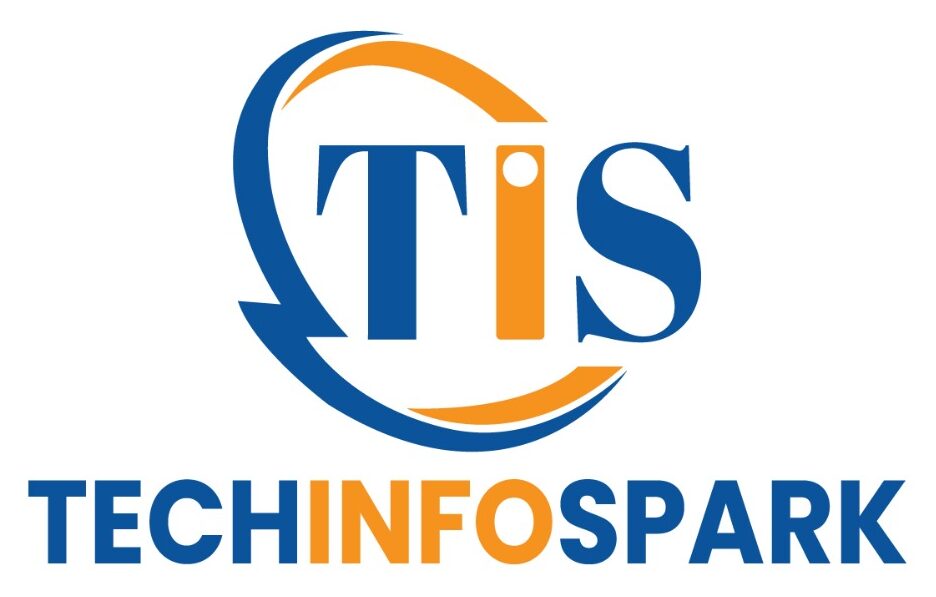The freelance marketplace in 2025 is a fast-moving blend of high-tech roles and creative, human-first services. Clients want people who can both wield AI tools and add distinctive human judgment, storytelling and strategic thinking. Below I break down the highest-demand freelance skills this year, why they matter, and quick steps to get started.
1. AI & Machine-Learning (including prompt engineering)
Why it’s hot: Companies are building or integrating AI-powered systems — from chatbots to recommendation engines — and need freelance engineers, data scientists and prompt engineers to build, tune and operationalize them. Demand covers model development, fine-tuning, data labeling pipelines and building trustworthy, explainable ML systems.
How to start: Learn Python, fundamentals of ML (scikit-learn, PyTorch or TensorFlow), plus practical prompt engineering for large language models. Build a portfolio with small projects: a custom classifier, a fine-tuned model or prompt templates that solve niche tasks.
2. Web & App Development (full-stack, Jamstack, mobile)
Why it’s hot: Businesses continuously need web presences and apps that integrate AI services, analytics and payments. Full-stack and frontend specialists who understand performance, security and modern stacks (React, Next.js, serverless) remain in high demand.
How to start: Master HTML/CSS/JavaScript, one backend language (Node, Python, Go), and deploy projects to platforms like Vercel or Netlify. Publish case studies showing measurable business outcomes (faster loading, conversions, lower costs).
3. Data & Analytics (data engineering, BI, analytics)
Why it matters: Firms want data turned into decisions. Freelancers who clean data, set up pipelines, and produce dashboards or predictive insights are paid for direct business impact. The shift toward skills-based hiring means many companies prefer freelancers for short, high-value analytics jobs.
How to start: Learn SQL, a data platform (BigQuery/Redshift), ETL tooling and a BI tool (Looker, Power BI, Tableau). Offer an audit or a free mini-dashboard to win first clients.
4. Digital Marketing & Growth (SEO, paid media, performance marketing)
Why it’s hot: As competition grows online, clients hire specialists who can drive leads, lower acquisition costs and measure ROI. SEO remains foundational, while paid ads, conversion rate optimization and data-driven content strategies pay well.
How to start: Choose one channel (SEO or paid ads), get certified where possible, and demonstrate results with case studies (traffic growth, conversion lifts, CPL reductions).
5. Content & Copywriting (direct-response, long-form, storytelling)
Why it still wins: Even with AI writing tools, companies pay for skilled writers who can craft persuasive, SEO-optimized content and brand narratives that convert. Clients need expertise in copy that reflects product knowledge, audience research and strong editorial judgment. Recent market signals show a resurgence in demand for human creativity and authenticity.
How to start: Build samples for one industry (SaaS, e-commerce, health). Learn SEO best practices (intent mapping, keyword clustering) and package services (blog + email + landing page) for higher ticket value.
6. Video Production & Multimedia (short-form and long-form)
Why it’s hot: Video remains the dominant medium for marketing, training and product storytelling. Freelancers who edit, animate, produce short social clips or long-form courses are in high demand as brands invest in richer multimedia.
How to start: Master Premiere/DaVinci and a motion tool (After Effects, Blender). Offer short, proof-of-concept reels that show strong storytelling and measurable results (watch time, engagement).
7. UX/UI & Product Design
Why it’s hot: Product teams look for designers who combine UX research, interaction design and the ability to prototype rapidly — often integrating AI features into product flows. Designers who show measurable usability improvements win repeat work.
How to start: Learn Figma, basic user research methods and usability testing. Put real UX problems in your portfolio with before/after metrics.
8. Sales & Lead Generation (B2B outreach, LinkedIn, appointment setting)
Why it pays: Companies that need customers will pay for reliable lead generation and outreach. Freelancers who can create targeted pipelines, write conversion-focused messages and book qualified meetings are highly valued.
How to start: Specialize in one vertical, learn LinkedIn automation responsibly, and show conversion metrics (response rates, meetings set).
9. Cybersecurity & Cloud Ops
Why it’s essential: As remote work and cloud adoption grow, so do security and infrastructure needs. Freelancers who secure systems, manage cloud infrastructure, or run incident response are in steady demand.
How to start: Get hands-on with AWS/GCP, practice IaC (Terraform), and obtain reputable certifications or publish security-check blog posts.
How to choose the right skill (3 quick filters)
-
Market demand + your interest — pick where both overlap. Use Upwork/LinkedIn trends to validate demand.
-
T-shaped skillset — deep in one area (e.g., AI) and broad across adjacent skills (e.g., data engineering + product sense).
-
Outcome focus — sell measurable results (revenue, leads, conversion) rather than hours.
Final tips to land better freelance work in 2025
-
Leverage AI — don’t be replaced by it. Use AI tools to boost productivity but focus on outcomes and craft only humans can deliver.
-
Build proof, not promises: short case studies with numbers beat long resumes.
-
Niche down: charge more as a specialist (example: “AI prompt engineering for e-commerce”), then broaden later.
-
Network on platforms and directly: combine marketplaces (Upwork, Fiverr) with outreach on LinkedIn and community participation.
From the one and only Team Techinfospark
For more tech blogs, visit our website: Tech Info Sparks



